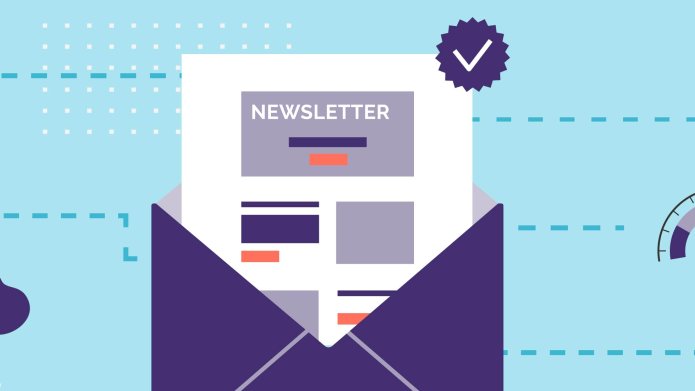A newsletter in 2022?
"Newsletters are like mail, they are less and less used..." This sentence is false!
Indeed, email remains extremely used by individuals as well as by professionals. It is an essential tool to communicate on the web in an interpersonal way but it is also a strategic lever for brands and companies to establish a privileged relationship with their targets.
Email is an intimate communication channel. Respecting the audience of your messages by the quality and personalization of the content and defining a reasonable and agreed frequency of communication are the keys to a successful e-mail marketing strategy. You should also make sure to obtain permission from the Internet user before sending your messages.
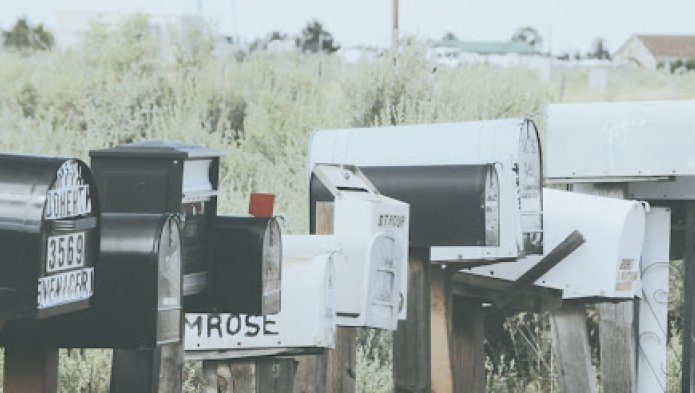
Key figures
- 4.3 billion people in the world use email and 347.3 billion emails are sent and received every day (Statista)
- Email is 40x more effective than social networks to find new customers (McKinsey)
- The average opening rate of an email is 25%, it depends on the sector (Conseils Marketing)
- The average unsubscribe rate of email campaigns is 0.15% in Europe (GetResponse)
Advantages of the newsletter
- The creation of a newsletter does not require any particular skill and is fast to set up.
- It offers the possibility to acquire new customers, to maintain contact with them and to keep them loyal.
- It allows to increase the traffic to your website thanks to an efficient content and formatting.
- It can highlight news/promotions of your company or brand.
Although quick and easy to set up thanks to tools such as Mailchimp or Sendgrid, an efficient newsletter requires a good preparation. We provide you with a list of best practices below.
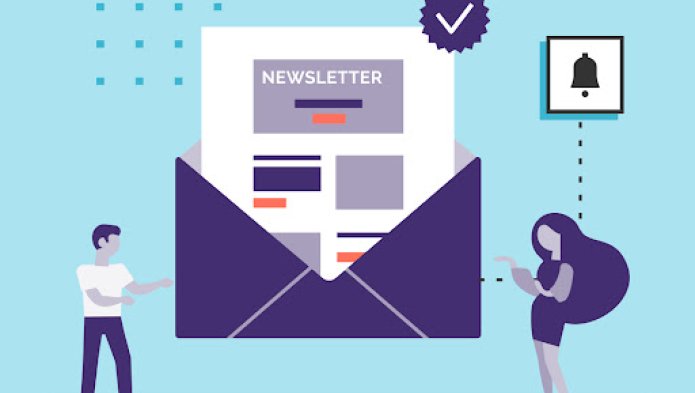
Guide to an effective and relevant newsletter
The subject of the email
Let's start with an element that may seem like a detail but which is very important to increase the opening rate: the subject of the email! Its purpose is to hold the user's attention to make him feel like opening the email.
- Be brief so that the text is not shortened by email clients: aim for a maximum of 50 characters and get to the point;
- Start the text with what is likely to arouse the user's interest: new product, promotion, event, deadline,..;
- Avoid words associated with spam: exceptional, special promotion, congratulations, your gift, limited offer, today,..;
- Avoid excessive capital letters ( subject or parts of subject completely in capital letters) or special characters that will send the mail directly to spam;
- Avoid excessive "sense of urgency" (for example, "Last chance to..." or "Only X days left to..."). This may be efficient in the short term, but it may bore users in the long term, who may not open the newsletter or unsubscribe;
- Using emojis (sparingly) can help your email stand out from the rest and catch your recipient's eye;
- Use the preview text as an extension of your subject line.
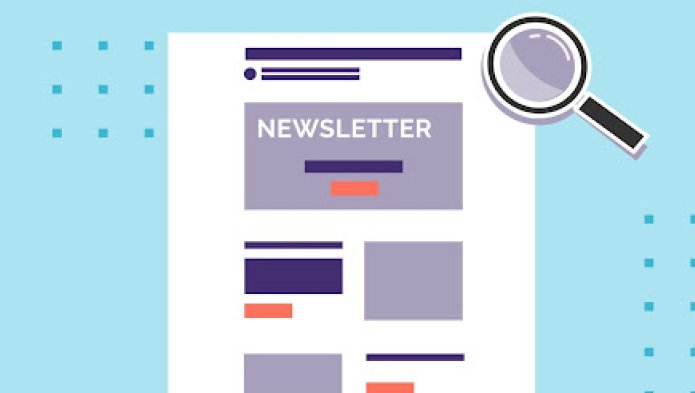
The content of the email
Le contenu de votre email est tout aussi important, car il doit servir à rediriger l’utilisateur vers le site web ou l'application de votre entreprise.
- Limit the length of the newsletter title to optimize the mobile version: maximum 30 characters;
- Limit the text to increase the impact: a few well thought out lines are enough to send the user to the website (the user receives many emails and the time allocated to each one is limited);
- If you introduce several products, create several distinct blocks with few text to make the presentation more fluid;
- Remember to insert an image above the waterline to catch the user's attention;
- Remember to fill in the alternative texts to the images;
- The use of Gifs (sparingly) can help draw the user's attention to specific elements of the newsletter and make it more attractive;
- A good email contains as much text as images, especially if the content is promotional;
- Adopt a 600px container to be readable on all screens;
- The ideal length should be 20 lines of text or maximum 200 words spread over the entire length of the newsletter;
- A B2B target audience requires more personalization for the conversion rate to be significant (e.g. use of the user's first name/name in the introduction);
- Adding a signature reinforces the brand image. Show the user that the newsletter has been created especially for them;
- Provide a way to contact you if the recipient has any questions/comments (link to a contact form, or a contact email).
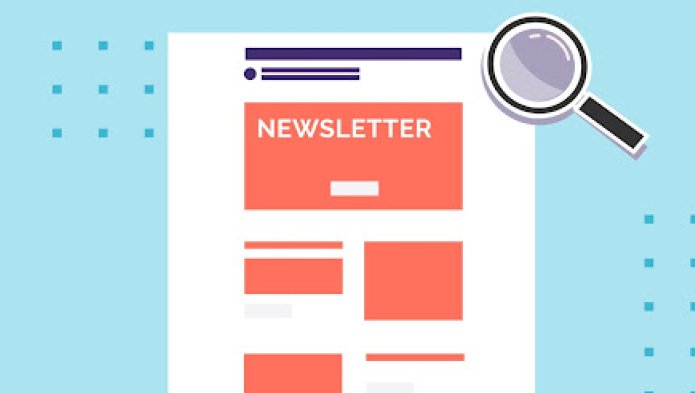
Call to action
A newsletter without a call to action is meaningless. That's why you should make sure to :
- Place a CTA that is noticeable as soon as the email is opened (think about mobile), centrally and above the fold;
- Use an action verb that expresses a benefit ("Join" rather than "Sign up", "I discover" rather than "click here");
- Use the imperative ("Discover our offers") or the first person indicative ("I discover the offers").

Frequency of delivery
This is a more complex question, as it depends on your company's activity and the message being sent. It also depends on your target (B2B or B2C). However, some studies can give some indicators to increase the opening rate of your newsletter:
- For B2B, it is often recommended to send your newsletter on Tuesday or Thursday. These two days are often chosen because they maximize the chances that your target will be present at the office when they receive the email. Regarding the schedule, it is recommended to send the mailing at the end of the morning (around 11 am) or at the end of the afternoon (around 5 pm).
- In B2C, practices vary and are difficult to define because the target's availability is more random. Like social networks, it can be interesting to target moments generally linked to breaks (wake up - breakfast / lunch / end of day).
- One or two newsletters maximum per week to avoid overwhelming the reader;
- Be regular in the sending of newsletters to create a lasting relationship with the user..
In summary, there is no magic formula concerning the frequency of sending, but why not make a survey among your target?
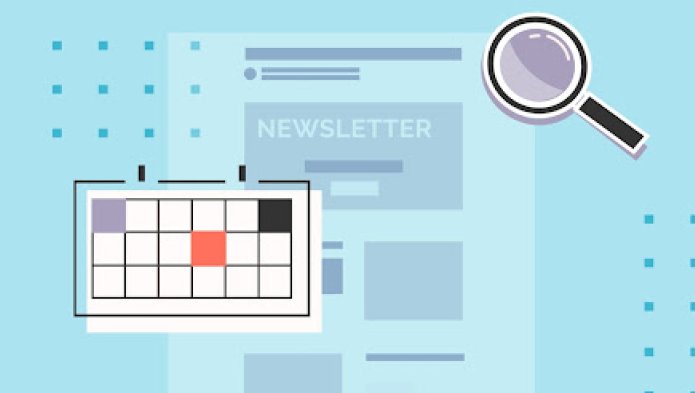
A/B Testing
Of course, the tips above are a guideline, but each company is unique and their message is even more so. So don't hesitate to go through an A/B testing phase to find THE formula that suits you.
A/B tests, also known as split tests, allow you to compare 2 versions of something to learn which is more effective. Simply put, do your users like version A or version B?

The legal framework
Building your contact database is time consuming and requires a lot of in-depth work. There is no magic recipe to acquire a mass of contacts in a few moments. Since the implementation of the GDPR (May 2018), you must get the prior consent of the recipients of your messages. Thus, to use a collected email address, its owner must:
- Either have checked a box on the collecting form indicating that he agrees to receive commercial emails.
- or have filled in a form with their e-mail address only for the purpose of subscribing to a specific type of e-mail (newsletter, commercial offers, etc.).
This is the so-called opt-in. It is up to the Internet user to check this box and not to the company's goodwill to pre-check the invitation or to register the address on a list, without consent.


